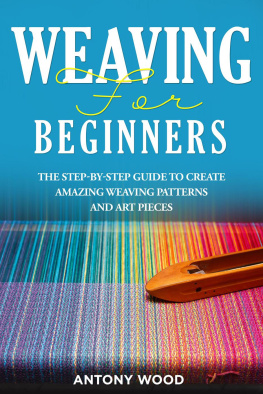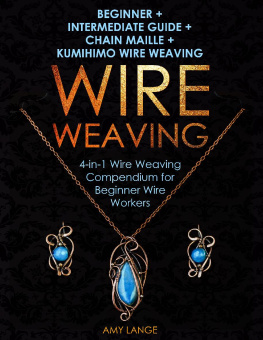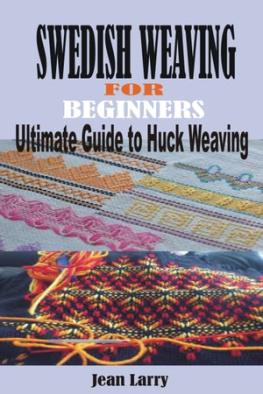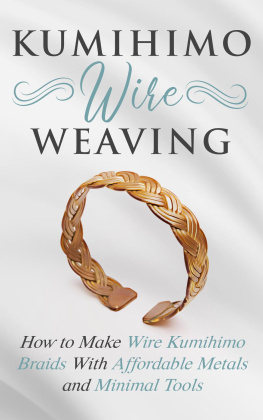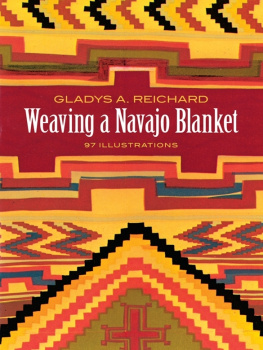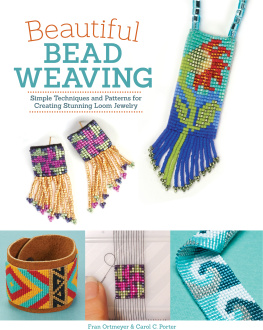Antony Wood - Weaving for Beginners: The step-by-step guide to create Amazing Weaving Patterns and art pieces
Here you can read online Antony Wood - Weaving for Beginners: The step-by-step guide to create Amazing Weaving Patterns and art pieces full text of the book (entire story) in english for free. Download pdf and epub, get meaning, cover and reviews about this ebook. year: 2021, publisher: Antony Wood, genre: Children. Description of the work, (preface) as well as reviews are available. Best literature library LitArk.com created for fans of good reading and offers a wide selection of genres:
Romance novel
Science fiction
Adventure
Detective
Science
History
Home and family
Prose
Art
Politics
Computer
Non-fiction
Religion
Business
Children
Humor
Choose a favorite category and find really read worthwhile books. Enjoy immersion in the world of imagination, feel the emotions of the characters or learn something new for yourself, make an fascinating discovery.
- Book:Weaving for Beginners: The step-by-step guide to create Amazing Weaving Patterns and art pieces
- Author:
- Publisher:Antony Wood
- Genre:
- Year:2021
- Rating:4 / 5
- Favourites:Add to favourites
- Your mark:
Weaving for Beginners: The step-by-step guide to create Amazing Weaving Patterns and art pieces: summary, description and annotation
We offer to read an annotation, description, summary or preface (depends on what the author of the book "Weaving for Beginners: The step-by-step guide to create Amazing Weaving Patterns and art pieces" wrote himself). If you haven't found the necessary information about the book — write in the comments, we will try to find it.
Want to make something useful, creative and eco-friendly?
With the right understanding of weaving and being able to do it skillfully, you can wind up with plenty of lovely and wonderful creations, all made by you. You can do a lot of things with your creations, such as using them yourself, giving them as gifts to people who matter to you and even making money by selling them to others. However, it is necessary to have the right knowledge to make sure that you know how to get good at this craft at a reasonable rate while also making sure that you are spending your money on the right tools and products. That is what this book is all about.
In this book you can expect to learn about:
What do you need to get started
How to create your own materials which you need for weaving
How to take care of your supplies and materials to make sure that you can take pleasure in weaving for a long time to come
Many potential uses of your creations
And much more!
Ready to impress your friends and loved ones with your new skill?
Buy it NOW and let your customers get addicted to this amazing book!
Antony Wood: author's other books
Who wrote Weaving for Beginners: The step-by-step guide to create Amazing Weaving Patterns and art pieces? Find out the surname, the name of the author of the book and a list of all author's works by series.

